'Too many have already died': Leaders call on Congress to take action for minorities amid coronavirus
The coronavirus pandemic has disproportionately impacted minority communities across the U.S.
The CDC has yet to show a full breakdown of coronavirus cases by race and ethnicity, but a May 2020 study has shown that majority-black counties are three times more likely to have coronavirus cases and almost six times the death rate as white-majority counties. This includes both rural and urban areas.
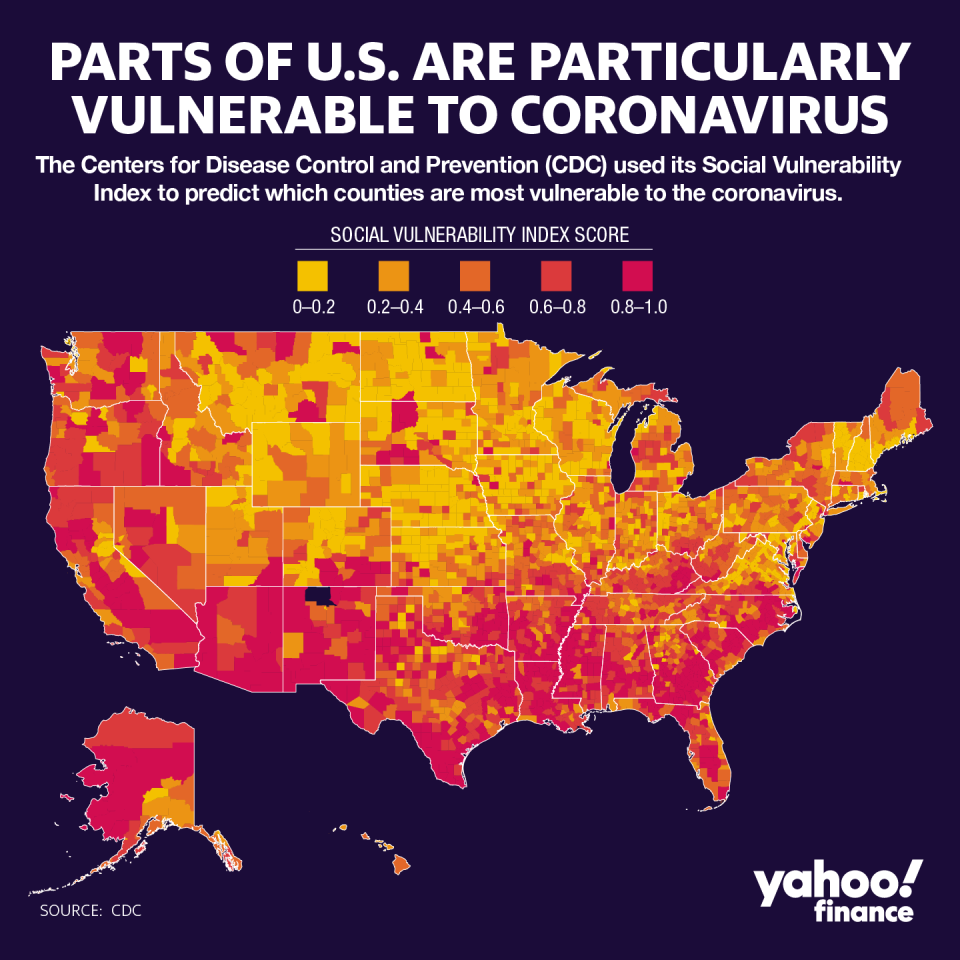
The House Ways and Means Committee held a hearing on Wednesday to address this issue and allowed leaders in these communities to air their concerns.
Dr. James Hildreth, the president and CEO of Meharry Medical College, said that Congress needs to “act now” and ensure that aid for minorities is included in the next stimulus package.
“Too many have already died,” he said. “More are dying as we sit here, in this moment, talking and not acting. Many more will die tomorrow if we delay.”
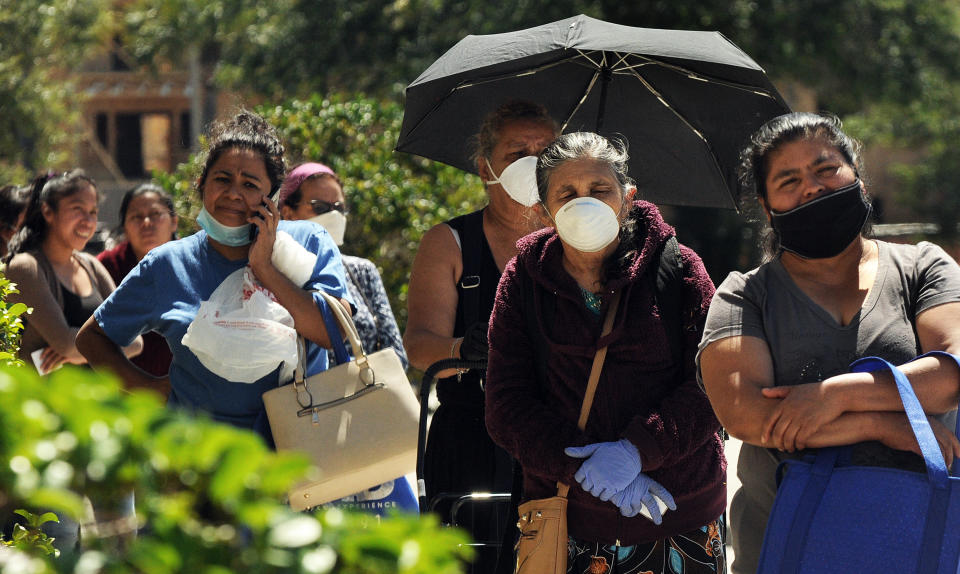
‘We must be well-armed’
Dr. Hildreth proposed the establishment of the Consortium of Black Medical Schools (CBMS), which would consist of Meharry Medical College, Howard University College of Medicine, Morehouse School of Medicine, and Charles R. Drew Medical School, all historically black institutions.
The CBMS would increase and expand rapid testing and contact tracing in predominantly low-income, minority communities, provide social distancing opportunities for vulnerable populations, and help these communities prepare for a potential second wave of the virus.
According to the APM Research Lab, which is compiling data from Washington, D.C. and 40 states that have provided coronavirus data regarding race and ethnicity, the COVID-19 mortality rate for blacks is 2.4 times the rate as whites and 2.2 times as high as the rate for Asian and Latino Americans.
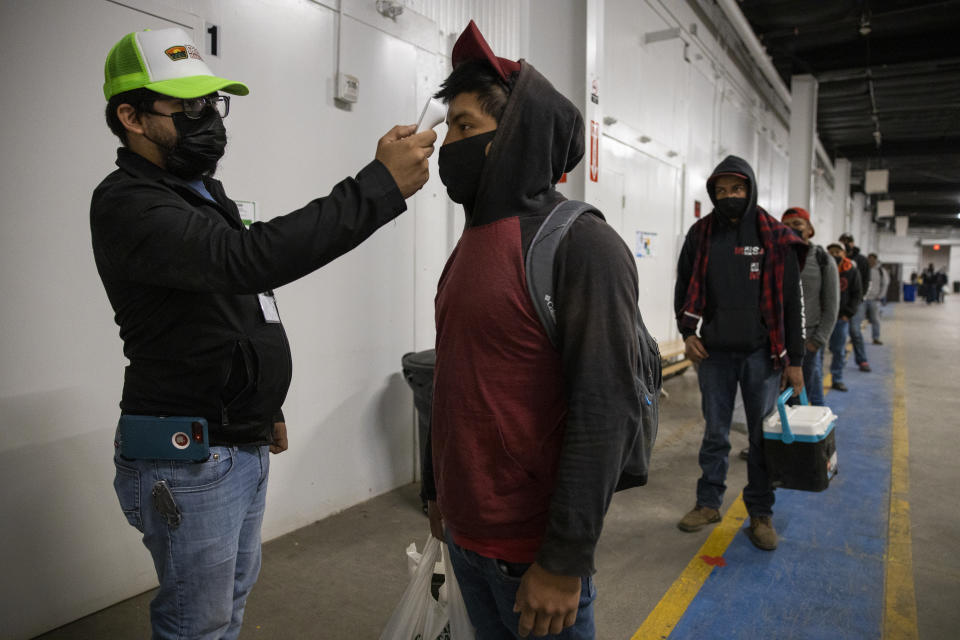
Those disparities deepen in particular states, like Michigan, Kansas, Wisconsin, and D.C., where five to seven black people die from COVID-19 for every white person that dies from it.
“Let us take our place in this fight,” Hildreth said. “We already are well-prepared and well-trained. But we must be well-armed. Please arm us.”
Hildreth’s plan would cost $5 billion over the next five years, which he described as “a sliver of the total stimulus package — 1% of 1%.”
“This financial support is necessary to establish and implement the care strategies we have clearly articulated for saving African Americans and other disenfranchised lives, to recruit and train staff to conduct health education about the possibility of a resurge of COVID-19, and financially supporting low-resourced African American and other minority families to become healthier and be better prepared for future pandemics,” Hildreth said.
He continued: “Our plan will therefore have benefits that transcend COVID-19 and should reduce the overall cost of healthcare for the nation.”
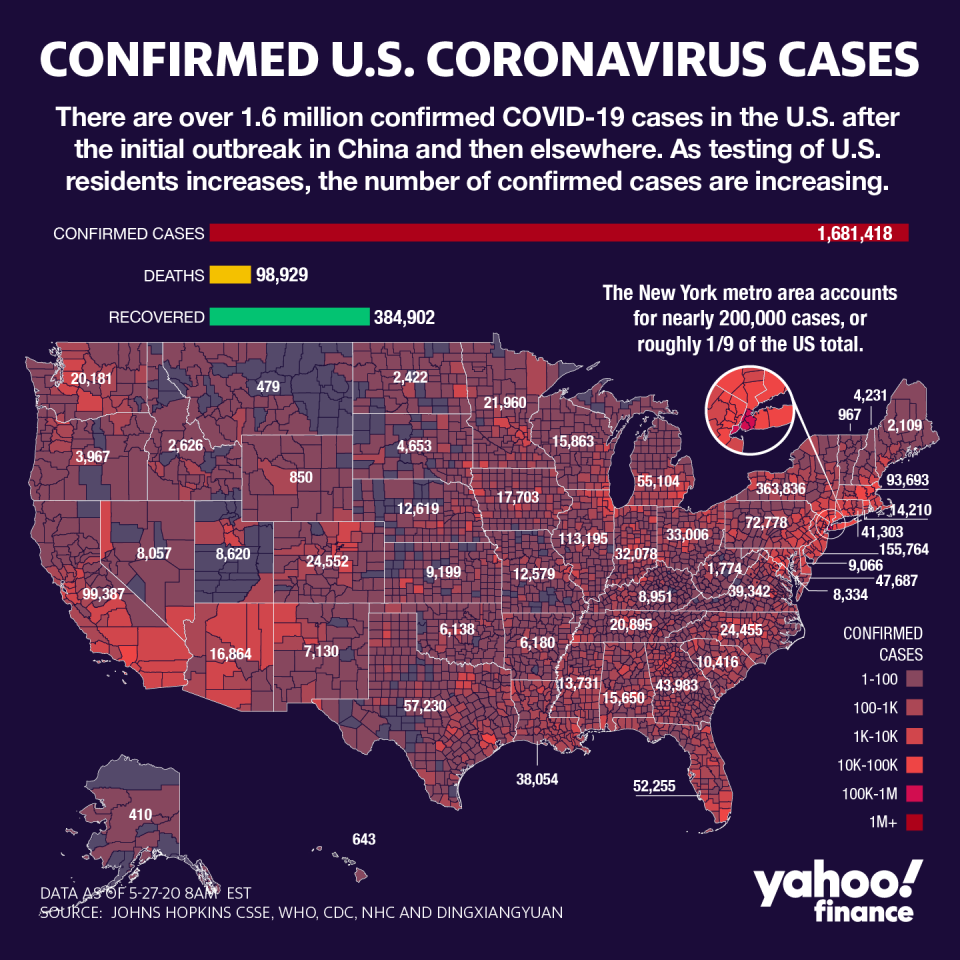
Serving minority communities
Hildreth stated that black medical schools were left out of the CARES Act and as a result, they and their patients “continue to carry and shoulder the burden of this pandemic and this devastating economic downturn.”
By establishing the CBMS, he said this would insure that there is a diverse workforce in the medical field that would be able to serve minority communities.
“We must accept that, in order to successfully protect and treat at-risk African Americans and other vulnerable populations in hotspot cities, we must hire and deploy a workforce that is trained to conduct testing and contact tracing while incorporating a care plan for individuals and communities that addresses the social forces impacting and undermining their wellbeing,” he said.
“A truly sustainable response to the shortage of diverse healthcare workers must include strategies in the CARES ACT to support HBCU medical schools. The downturn will have dire financial consequences for the stability of the CBMS if we are not sufficiently supported for the singular service we are in the position to offer our country.”
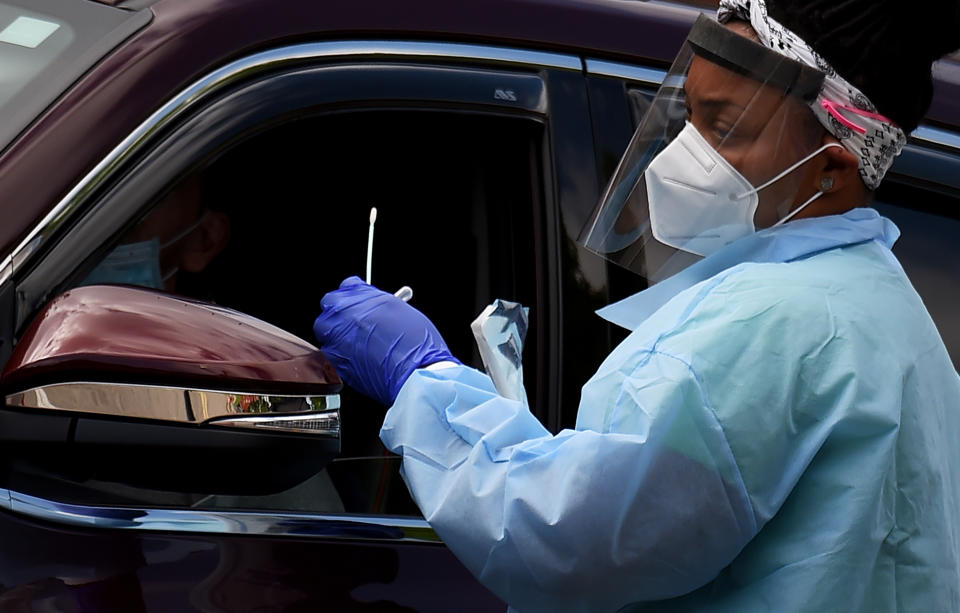
‘Disproportionate impact’
The Trump administration has garnered criticism from Democratic lawmakers for its handling of the coronavirus and the data they have provided regarding race and ethnicity among the positive COVID-19 cases.
As part of the Paycheck Protection Program and Health Care Enhancement Act, the White House is required to submit reports on coronavirus testing that includes available “data on demographic characteristics, including in a de-identified and disaggregated manner, race, ethnicity, age, sex, geographic region, and other relevant factors of individuals tested for or diagnosed with COVID-19,” and “information on the number and rates of cases, hospitalizations, and deaths as a result of COVID-19.”
CDC Director Dr. Robert Redfield submitted a four-page report, which acknowledged that there are disparities in how minority groups are affected by the virus but contained no new or original data. Furthermore, the included list of six different items with links to CDC data didn’t differentiate data by race.
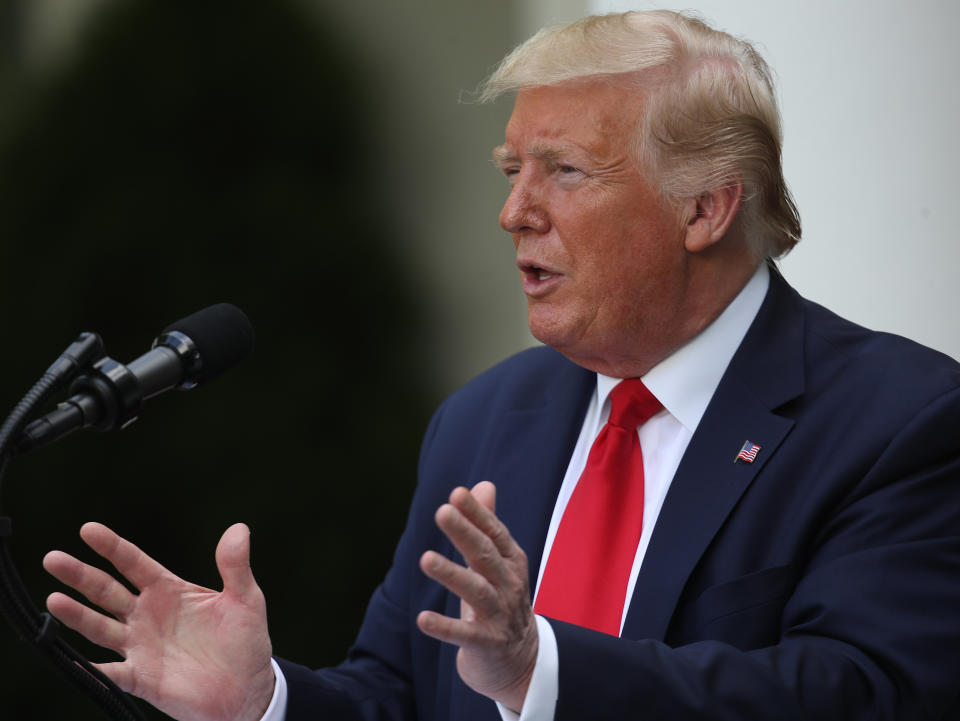
Sen. Patty Murray (D-WA) blasted the report, calling it “a lazy, four-page copy and paste project” and accused the Trump administration of preferring to “ignore the disproportionate impact this crisis is having on communities of color.”
The APM Research Lab has been able to calculate some of this data to highlight the racial disparities. Among D.C. and the 40 states that it’s tracking, it has found that 1 in 1,850 blacks have died (54.6 deaths per 100,000); 1,400 Latinos have died (24.9 deaths per 100,000); and 1 in 4,200 Asians have died (24.3 deaths per 100,00). In comparison, 1 in 4,400 whites have died, which translates to 22.7 deaths per 100,000.
“What we’re seeing with coronavirus is it’s really exposing a range of longstanding underlying disparities in health care access, in health care outcomes, as well as in social and economic factors across communities,” Samantha Artiga, director of the Disparities Policy Project at the Kaiser Family Foundation, previously told Yahoo Finance.
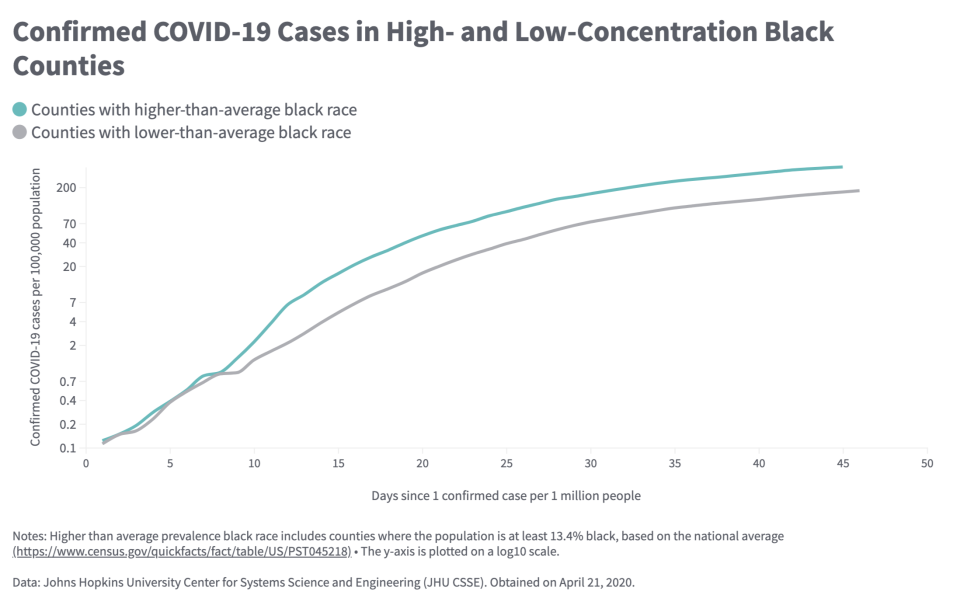
According to Andre Perry, a fellow at the Brookings Institution, it comes down to structural inequities.
“What we’re finding is that wherever there are things like housing devaluation, poverty, high occupancy homes — those are the areas where your people are more vulnerable and they happen to be areas, not surprisingly, that are blacker,” he previously told Yahoo Finance. You’ve seen where black people live in the South and where there are concentrated areas of poverty, where there’s a lack of affordable housing, forcing people to live in intergenerational families or live inter-generationally in a household, those are the areas that are susceptible.”
Adriana is a reporter and editor for Yahoo Finance. Follow her on Twitter @adrianambells.
READ MORE:
Democrats slam President Trump for 'lazy, four-page copy and paste project' on coronavirus
'It’s a freaking circus': Unemployed Americans share tales of an overloaded system
'Structural inequalities': These areas of America are particularly vulnerable to coronavirus
Read the latest financial and business news from Yahoo Finance
Follow Yahoo Finance on Twitter, Facebook, Instagram, Flipboard, SmartNews, LinkedIn,YouTube, and reddit.
